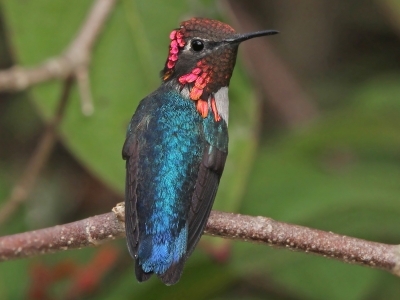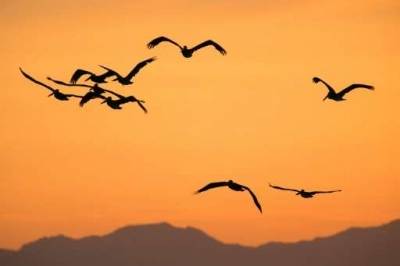Which bird lays the smallest egg?

Weighing as little as two grams, the bee hummingbird is the smallest bird in the world and it produces the smallest-known egg weighing half a gram. The smallest egg on record, according to the Guinness Book of World Records, was less than 10 mm long and it was laid by a Vervain hummingbird native to Jamaica in 1998. Its appearance and flight style rivals that of some insects, especially bees, for which it gets its name. The Bee Hummingbird is also the bird with the smallest nest in the world, at only 1 inch in diameter and depth. Their eggs are also the smallest bird eggs in the world, measuring a mere 12.5 x 8.5 mm, the size of a coffee bean. A Bee Hummingbird egg is only half the weight of a standard paper clip!
The Bee Hummingbird is a tiny gem and a super brilliant one at that. The males are adorned with a vibrant crown and gorget of fiery reds, oranges and yellows. Its royal-blue back, wings and sides contrast nicely with its shimmering gorget. Females lack the iridescent crown and gorget, but still maintain the beautiful blue back and wings.
Like other hummingbirds, it feeds on nectar and insects. The Bee Hummingbird is a strong flier and very active, visiting up to 1500 flowers a day! It has a fast metabolism, and consumes up to half its own body weight in nectar a day! As it feeds, it picks up pollen on its long, thin bill and transfers it to other flowers, aiding in plant pollination. Endemic to Cuba, the Bee Hummingbird has a patchy distribution on the island. It is most frequently encountered on the extreme western end and in the Zapata Peninsula.
Credit : Whitehawk
Picture Credit : Google
